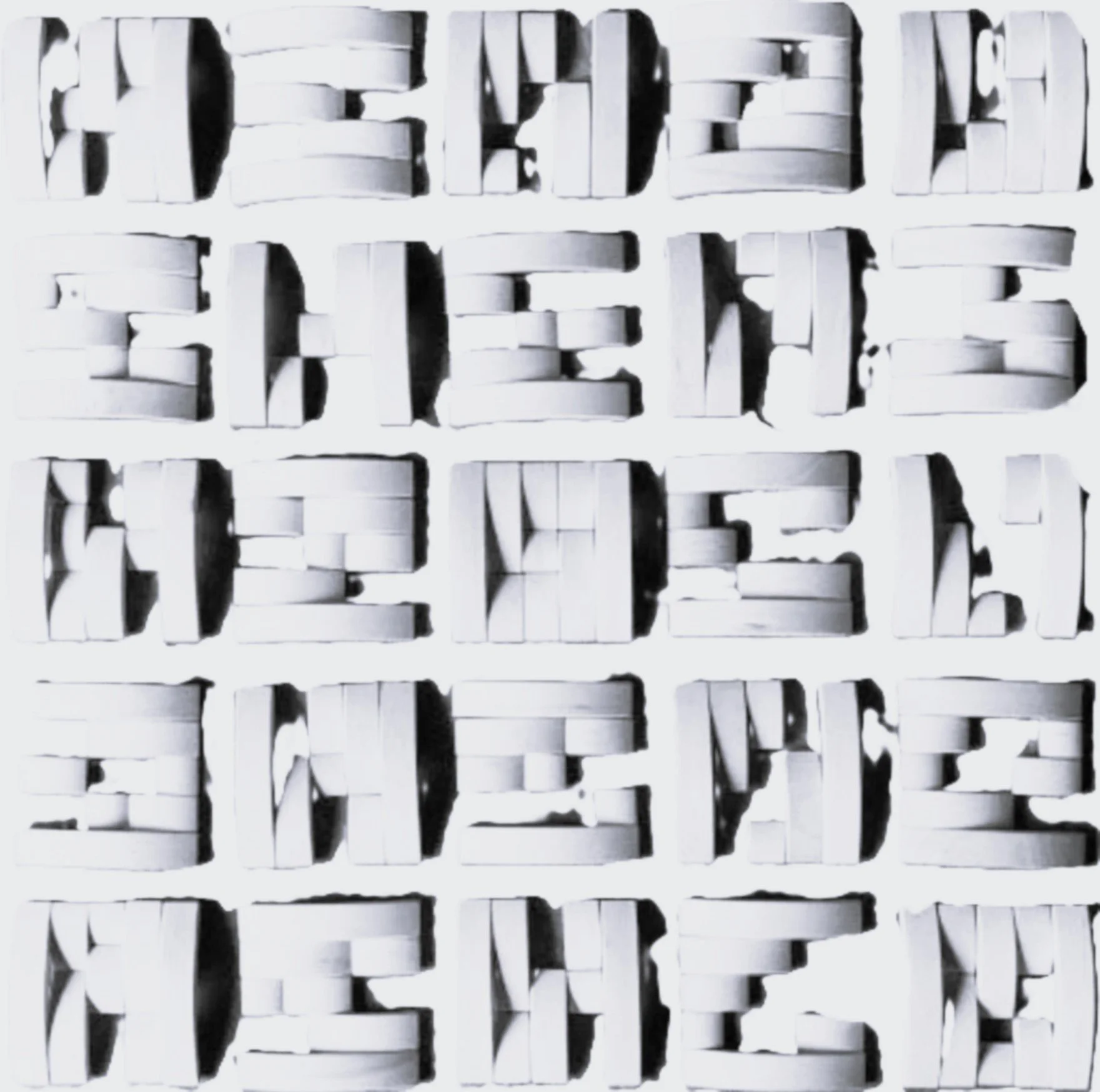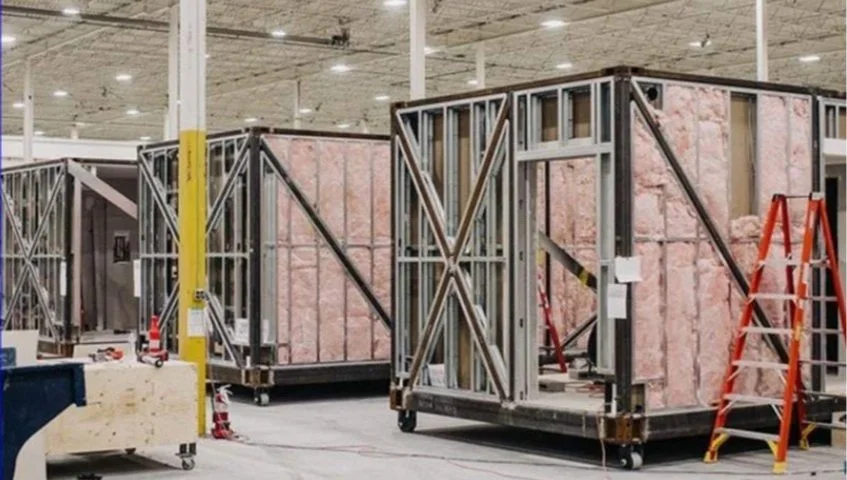
Industrialized Offsite Construction
What is industrialized offsite construction?
Industrialized Construction utilizes “manufacturing-based principles and production methods” for both onsite and offsite construction efforts.
Offsite Construction is an approach to construction in which any process is completed “offsite in an enclosed environment” and then installed onsite. This approach defines the entire process from the design phase to manufacturing to onsite assembly of prefabricated elements.
Offsite Construction Systems are categorized by the degree to which the structural components are prefabricated:
1D Subassembly (Kit of Parts)
2D Open or Closed Panel (Panelized, Flat Pack)
3D Volumetric Modular (Enclosed Building Volumes)
Reference: Smith, Ryan E., Ivan Rupnik, Tyler Schmetterer, and Kyle Barry. “Offsite Construction for Housing: Research Roadmap.” Office of Policy Development and Research. Washington, DC: U.S. Department of Housing and Urban Development, February 2023.
What are the benefits of offsite construction?
One Jobsite. One Commute. A factory - with access to public transit - facilitates a predictable commute.
Care for Care Providers. Work hours can be aligned with typical childcare hours, with the option of providing childcare on site.
Economies of scale. Efficiencies - in both time and money - can be achieved with the industrialized mass production and assembly of modular components
based on a product platform.
Quality Control. Factory-controlled conditions ensure consistent quality and precision in construction. Worker Safety and Comfort. Factory-controlled
environments allow for enhanced and safer conditions.
Sustainability. Industrialized factory construction reduces material waste, as well as transportation time, of materials, machines and workers.


